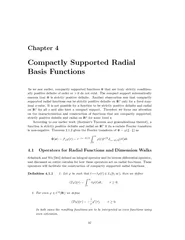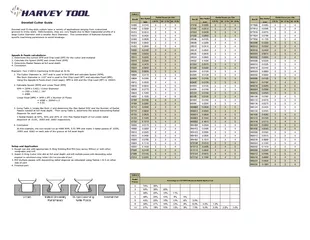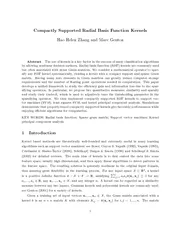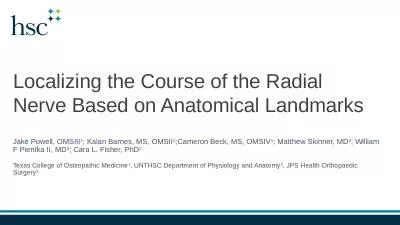PDF-Chapter Compactly Supp orted Radial Basis unctions As
Author : marina-yarberry | Published Date : 2015-05-18
The compact supp ort automatically ensures that is strictly ositiv de57356nite Another observ ation as that compactly supp orted radial functions can strictly ositiv
Presentation Embed Code
Download Presentation
Download Presentation The PPT/PDF document "Chapter Compactly Supp orted Radial Basi..." is the property of its rightful owner. Permission is granted to download and print the materials on this website for personal, non-commercial use only, and to display it on your personal computer provided you do not modify the materials and that you retain all copyright notices contained in the materials. By downloading content from our website, you accept the terms of this agreement.
Chapter Compactly Supp orted Radial Basis unctions As: Transcript
Download Rules Of Document
"Chapter Compactly Supp orted Radial Basis unctions As"The content belongs to its owner. You may download and print it for personal use, without modification, and keep all copyright notices. By downloading, you agree to these terms.
Related Documents













